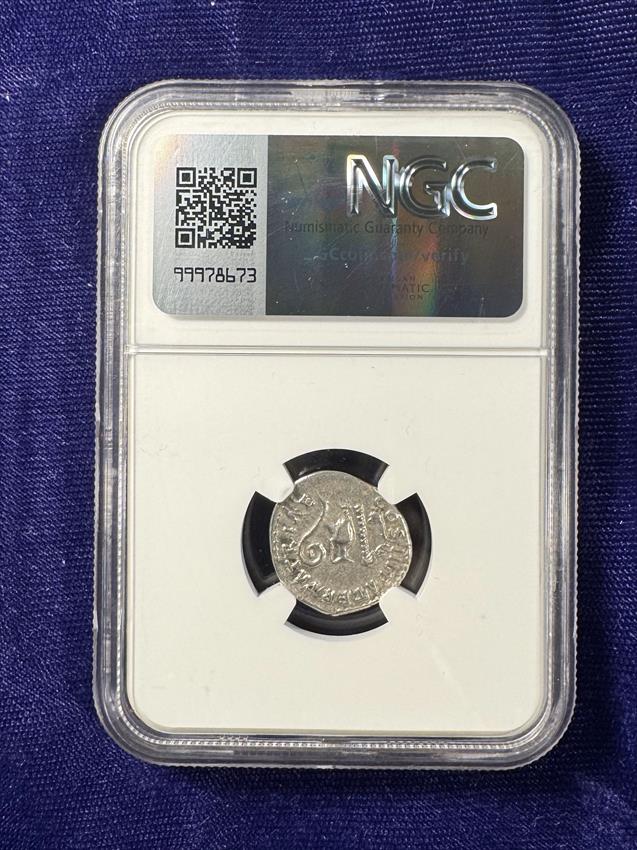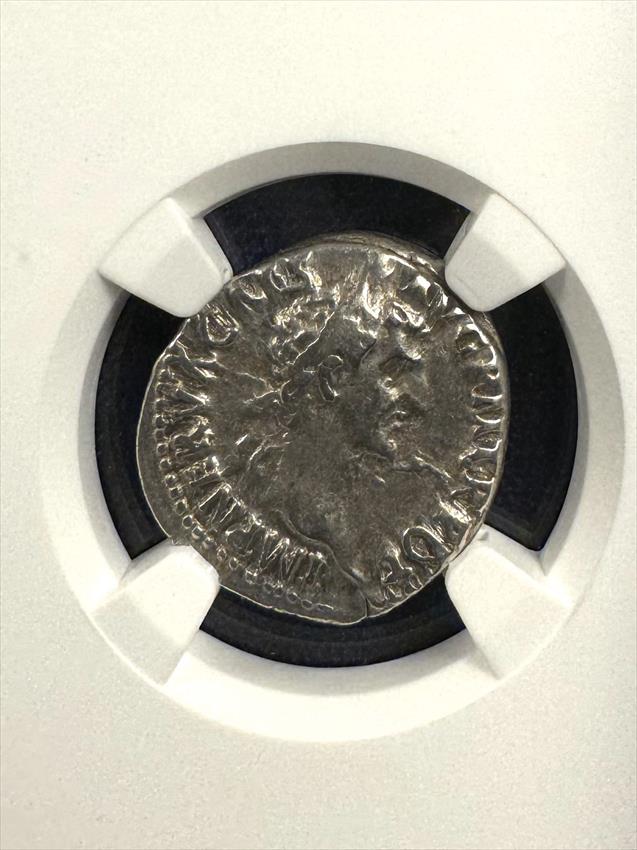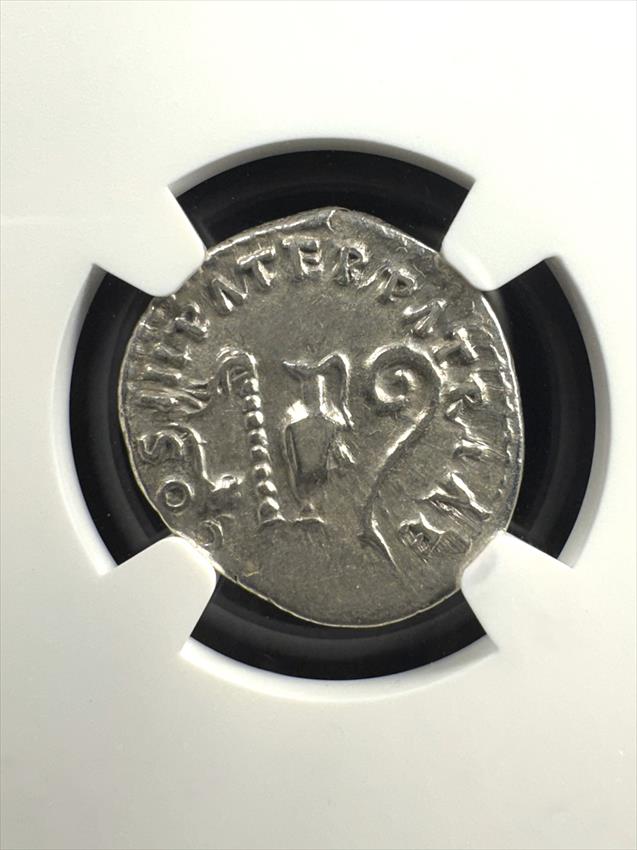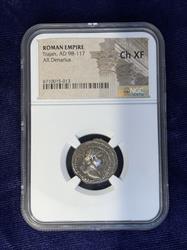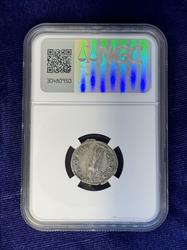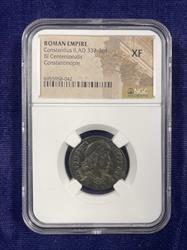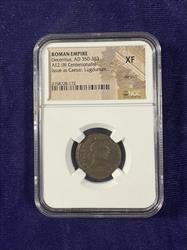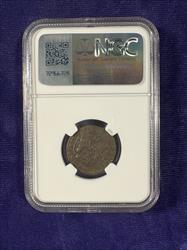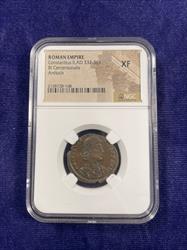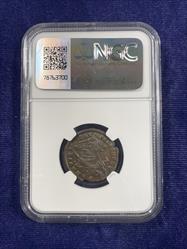
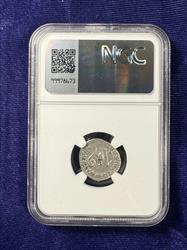
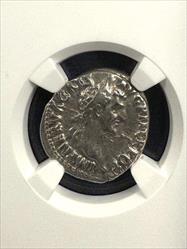
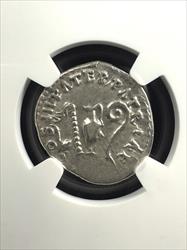
Nerva AR Denarius AD 96-98 VF
| Quantity | Check/Wire | Credit Card |
|---|---|---|
| 1+ | 475.00 | 490.44 |
- SKU: BFB005497
- Categories: ANCIENTS ROMAN ROMAN EMPIRE
The denarius (plural denarii) was the Roman Empire’s benchmark silver coin for over 400 years (c. 211 BC - c. 244 AD). This specific denarius was minted under Nerva.
Marcus Cocceius Nerva, more commonly known as simply Nerva, was born just north of Rome in either 30 or 35 AD. His family was fairly politically powerful, with ancestors on his father’s side (all also named Marcus Cocceius Nerva) associating with imperial figures since Augustus’s reign. Nerva became an advisor to Emperor Nero and helped expose the Pisonian conspiracy to assassinate Nero in 65. During this time he became friends with Vespasian, who became emperor following Nero’s suicide and the tumultuous Year of the Four Emperors (Galba, Otho, Vitellus, and finally Vespasian). Vespasian made Nerva a consul, as did his son Domitian when he acceded the throne. Domitian was assassinated in 96, and the Senate proclaimed Nerva emperor that same day. It’s unclear whether Nerva was aware of the assassination plot. This was the first time the Senate chose an emperor; previous emperors had been recognized by the Senate after being chosen by their predecessor, the army, or the Praetorian Guard. Some believed Nerva was a strange choice for emperor because, by emperor standards, he was old - in his 60s - and childless. However, others believed he was a safe choice for the Senate for the same reasons. Nerva quickly accepted the Senate’s nomination, wanting to avoid anything like the chaos that followed Nero’s death, and set to ingratiating himself with people Domitian had oppressed. Most notably, he introduced many reforms focused on easing taxes for poorer Romans. In 97, after briefly being taken hostage by the Praetorian Guard, Nerva saw that his authority was slipping and named Trajan his successor. A few months later, at the start of 98, Nerva died of fever. He is now known as one of the Five Good Emperors, the others being Trajan, Hadrian, Antoninus Pius, and Marcus Aurelius.
This coin was graded VF (very fine) by the Numismatic Grading Company, the official grading service of the American Numismatic Association and the Professional Numismatists Guild. Here is a list of grades used by the NGC, as well as information about Strike, Surface, and Style ratings.
Obverse: IMP NERVA CAES AVG P M TR POT, laureate head right
Reverse: COS III PATER PATRIAE with priestly emblems
Reference: RCV 3023, RIC 24


